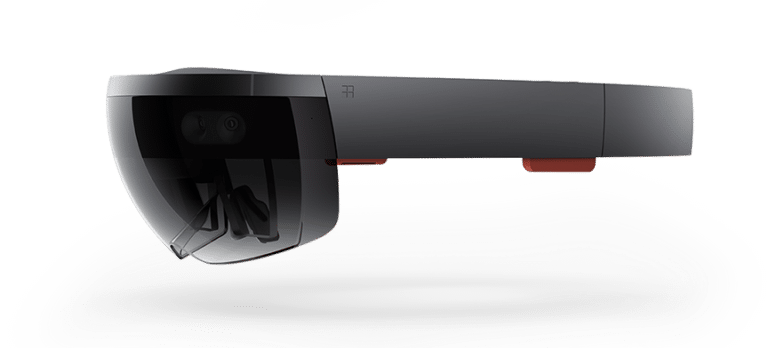
There will be almost 25 million AR headsets sold in 2021, 20 million of which will be for commercial and enterprise use. This is according to IDC’s recent AR and VR headset projections (chart below).
VR will fair better with 67 million headsets sold in 2021. And unlike AR, most of those (49 million) will be consumer headsets as opposed to enterprise use. This is due to VR’s prevailing use case (gaming). As we examined last week, form factor determines — or at least leads — use cases.
VR’s more voluminous penetration versus AR will be due to a factor we’ve examined: VR will come earlier than AR — at least glasses and headset formats — but will eventually be eclipsed by AR. Mobile AR is a different story, and will scale much sooner due to ARkit and ARCore.
As for current sales (full year 2016) IDC counts only 162,000 AR glasses, 110,000 of which are commercial/enterprise. And the firm pegs VR sales for the same period at 9.2 million. Not surprisingly most of those (7.4 million) are consumer, for the same reason stated above.
This is healthy growth for a still-nascent product. Though VR has been getting a lot of flak lately for low sales, it’s mostly about inflated expectations. VR hardware sales are actually tracking to early iPhone sales, though still far from ARtillry’s 100 million “magic number” for consumer ubiquity.
That figure refers to an installed base (cumulative sales) rather than the per-period sales figures IDC is projecting, but they are obviously related in that the latter drives the former. See the full data set below and stay tuned for more analysis and VR/AR hardware projections.

For a deeper dive on AR & VR insights, see ARtillry’s new intelligence subscription, and sign up for the free ARtillry Weekly newsletter.
Disclosure: ARtillry has no financial stake in the companies mentioned in this article, nor received payment for its production. Disclosure and ethics policy can be seen here.
